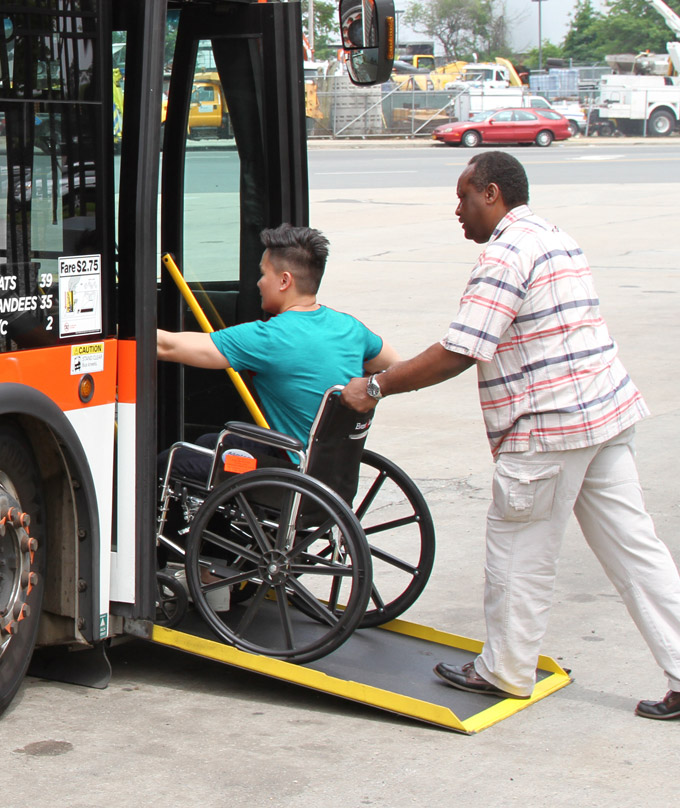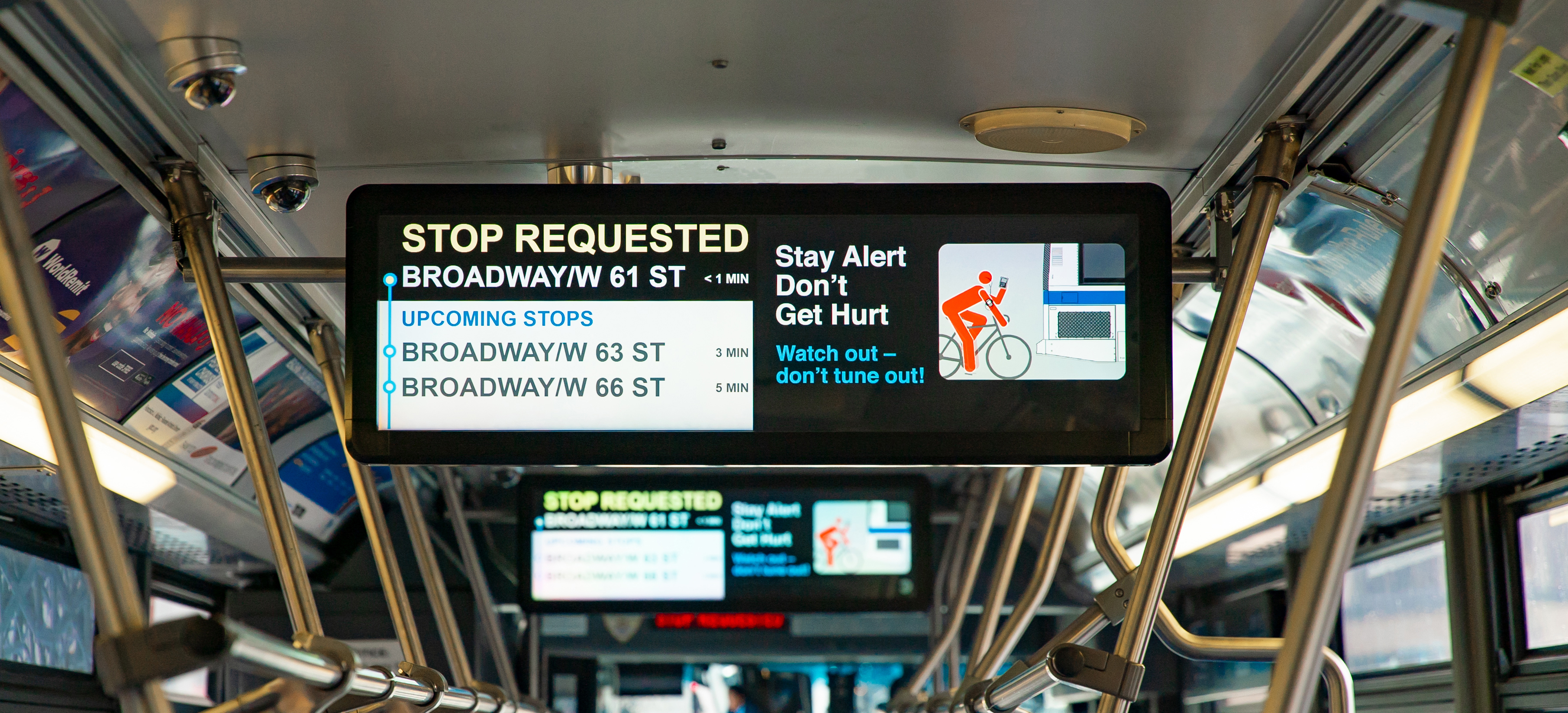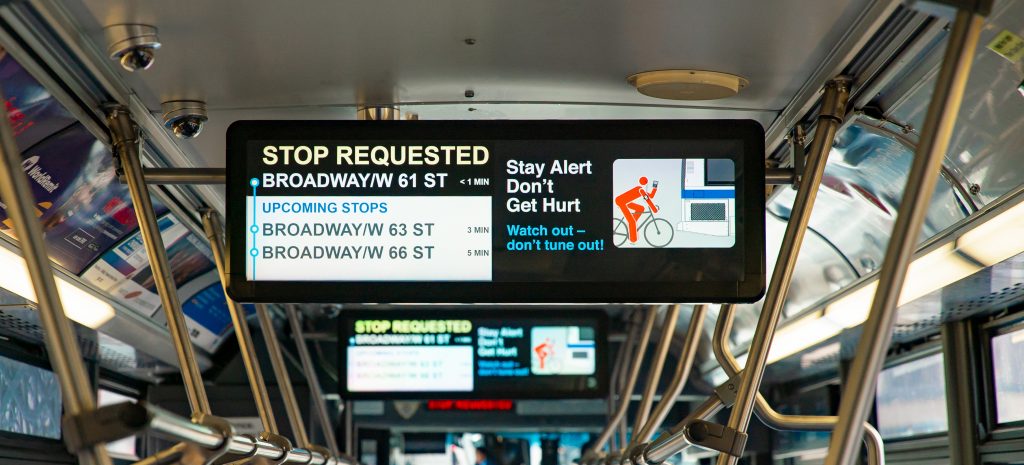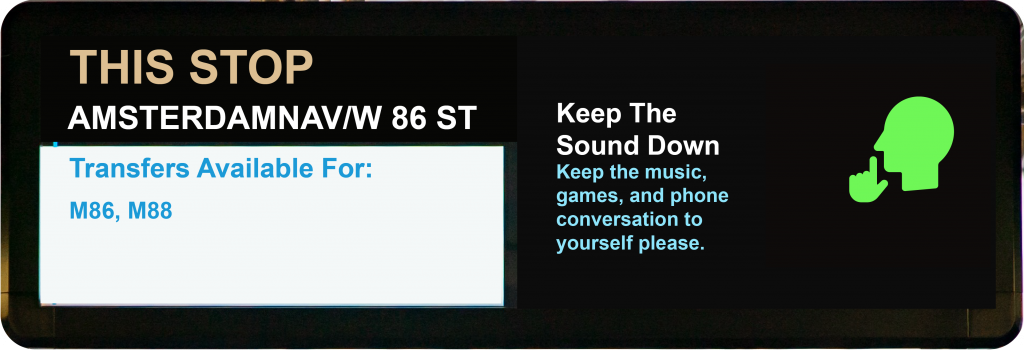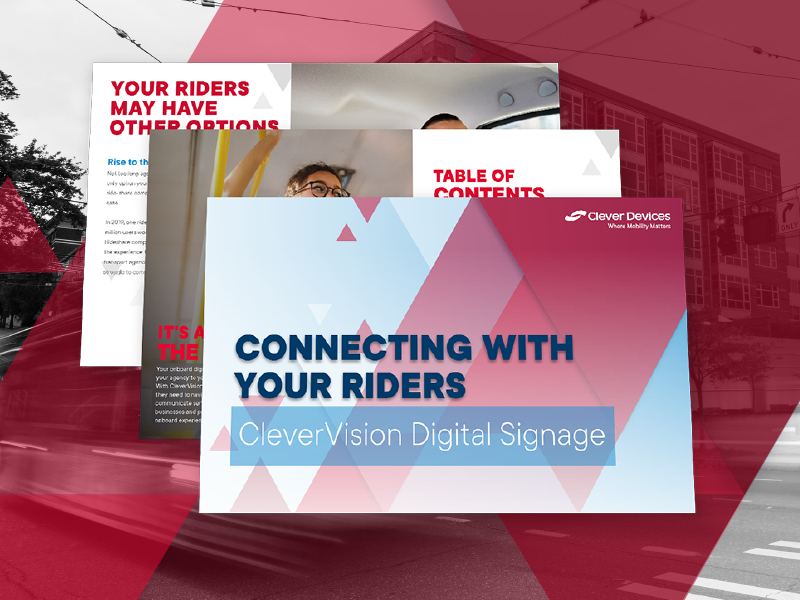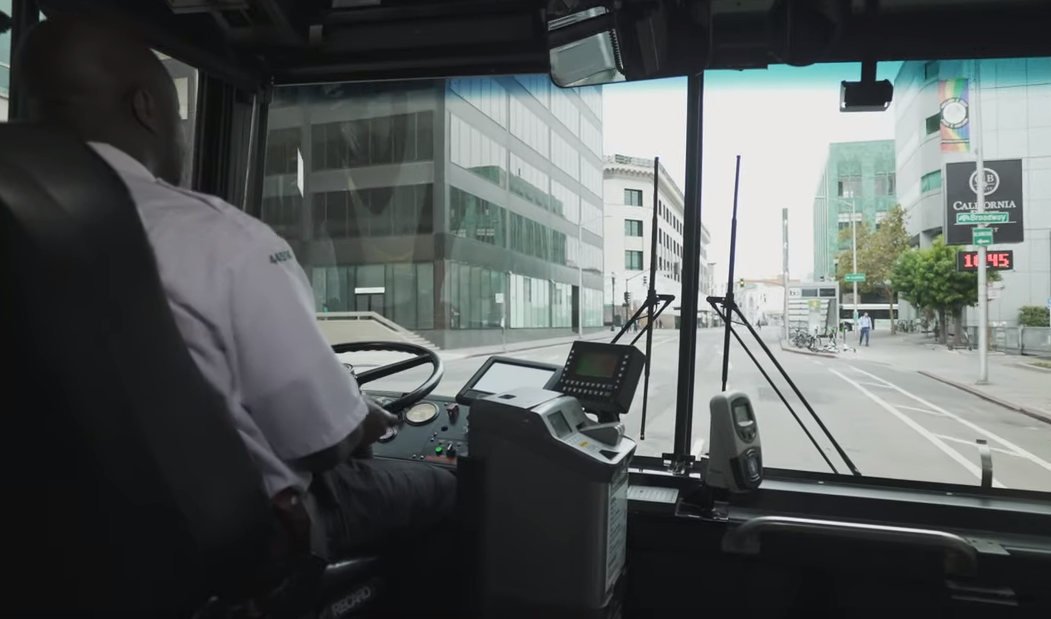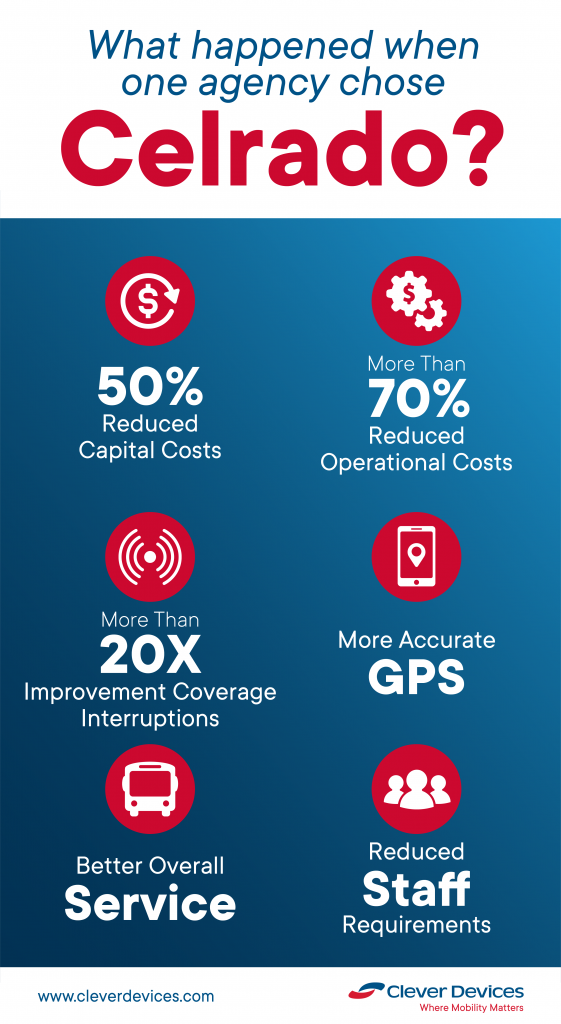Five Reasons Why it Makes Perfect Sense
If you’re currently evaluating your communications technology, you may think you have one of two choices: LMR or VoIP. But, in reality, you can have the best of both worlds and there are a variety of reasons why this may be an excellent solution for your agency.
1. Leverage the cellular connectivity you already have to add capacity without adding cost.
Contemporary transit vehicles are a rolling technology treasure trove. From fare collection systems, APCs, AVM, video surveillance, passenger WiFi, ATIS, and CAD/AVL, cellular connectivity is imperative for real-time operational monitoring and control. If you currently have a modern digital LMR system, augmenting the system with VoIP is simply a matter of leveraging existing resources. A VoIP system that leverages what you already have results in enhanced capacity and a service area anywhere a broadband connection is available for a fraction of the cost of building out your LMR infrastructure.
2. Your digital LMR wasn’t designed to meet the needs of high bandwidth, high-speed communications.
In typical urban environments, finding licensable frequencies can be difficult and expensive. To make matters worse, with the termination of T Band in 2022, the largest metropolitan areas are about to become more frequently constrained than ever. LMR data services are slow (9600 baud), consume vital resources, and can have an adverse impact on LMR voice-grade of service.
3. Expanding or upgrading to a modern LMR is very expensive.
When your LMR was installed, it was designed to meet your service area needs at the time. If your agency has expanded, or if you’ve added new routes or safety and security functionality it’s quite likely that you now have two options: expand the LMR network or find a complementary alternative. Expanding the network infrastructure is a costly, time and resource-intensive endeavor that requires adding new radio towers and purchasing expensive LMR radio handsets. When Oakland’s AC Transit found themselves in this situation and began exploring expansion and upgrade options, the double-digit price tag made it unaffordable for them. Instead, they opted to add Celrado VoIP to their system as their primary voice and data solution while keeping the older LMR online as a fallback voice solution for emergencies.
4. Modern Communications in Months vs. Years
As we’ve mentioned, your aging LMR might still be working, but if it is over ten years old, you’re likely considering your options to upgrade to meet your agency’s enhanced voice and data needs. If you have the funds to pay for it, you can spend millions and millions on new infrastructure to meet your heightened demands. But, funding is only one consideration. When you’re physically replacing radio infrastructure throughout your entire city, the effort will likely take many years. But, if you keep the older system online as is and complement it with a new, state of the art VoIP system, you’ll be up and running in months with a system that meets all your needs for voice and data. Your older system can stay online in the background, or work in tandem with the VoIP system to meet your agency’s demands.
5. If you’re sharing an LMR with other agencies like police and fire, you likely aren’t getting priority treatment on the network.
 In many large metropolitan cities, various agencies like police, fire, and transportation share bandwidth on the city’s land mobile radio network. This scenario likely works just fine in most cases. Except when it matters. In the case of an emergency or when large crowds gather in a small geographic area (think super bowl or a parade), first responders will always get network priority. If that shared LMR is your only option for voice and data communications, your agency could find itself silenced. With a dedicated VoIP system, those concerns are alleviated and your dispatchers and operators remain in constant contact.
In many large metropolitan cities, various agencies like police, fire, and transportation share bandwidth on the city’s land mobile radio network. This scenario likely works just fine in most cases. Except when it matters. In the case of an emergency or when large crowds gather in a small geographic area (think super bowl or a parade), first responders will always get network priority. If that shared LMR is your only option for voice and data communications, your agency could find itself silenced. With a dedicated VoIP system, those concerns are alleviated and your dispatchers and operators remain in constant contact.
Learn more about how Celrado can supplement your existing communications strategy in our eBook, Celrado: One VoIP Solution for Agencies of All Sizes.


